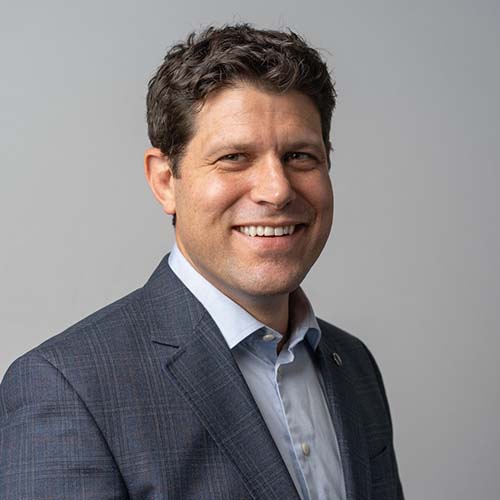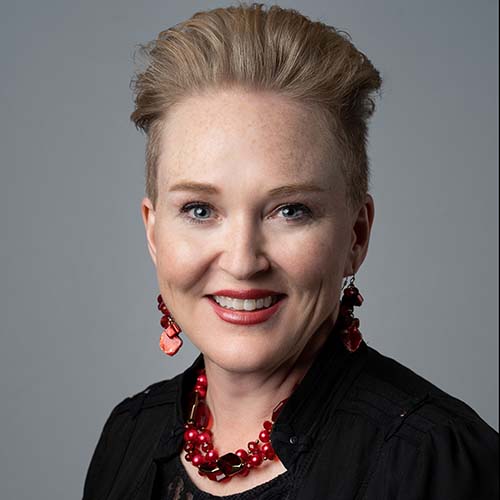Advanced Back and Orthopedic Surgical Treatment for a Pain-Free Life
The landscape of back and orthopedic surgical procedure has actually evolved substantially, using a spectrum of advanced strategies designed to minimize persistent discomfort and improve person outcomes. Developments such as robotic-assisted procedures and minimally intrusive methods are redefining medical criteria, while regenerative medicine introduces new avenues for healing. These developments not only promise reduced healing times yet additionally offer tailored recovery strategies that provide to individual requirements. As we discover these transformative techniques, it becomes important to comprehend their ramifications and the real-life experiences that highlight their efficiency. What might these improvements mean for the future of discomfort administration?
Understanding Persistent Discomfort
How does chronic pain differ from intense pain, and what implications does this distinction have for treatment? In comparison, persistent pain continues past the expected duration of recovery, frequently lasting for months or even years.
Acute pain monitoring typically concentrates on addressing the instant reason with medicines, physical treatment, or surgical treatments. Furthermore, comprehending the emotional and mental elements of persistent pain is important, as these variables can worsen the experience of pain. An extensive treatment approach customized to the person is important for improving the top quality of life for those suffering from persistent discomfort.
Ingenious Surgical Methods
When conventional therapies stop working,The monitoring of chronic pain commonly leads to the expedition of ingenious medical techniques that can supply alleviation. Advancements in technology and surgical techniques have substantially transformed the landscape of spine and orthopedic surgical procedure, enabling specialists to address intricate problems better.
One such strategy is robotic-assisted surgical procedure, which enhances accuracy and reduces the threat of complications (Axis Spine and Orthopedic Surgeons St Louis MO). This approach enables for real-time imaging and the capability to carry out detailed treatments with minimal invasiveness. Furthermore, endoscopic spinal column surgery has actually arised as a useful choice for treating herniated discs and back constriction. By making use of small incisions and specialized instruments, cosmetic surgeons can access the back with lowered injury to bordering tissues.
Furthermore, regenerative medicine methods, such as stem cell therapy and platelet-rich plasma (PRP) shots, are getting grip. These techniques intend to advertise healing and cells regrowth, potentially minimizing the requirement for even more intrusive procedures. An additional ingenious technique is using 3D printing in creating personalized implants and surgical guides, customized to private client composition. Collectively, these methods stand for a standard shift in how chronic pain is taken care of, offering brand-new wish for those seeking enduring alleviation.
Advantages of Minimally Invasive Surgical Procedure
Minimizing trauma to the body is an essential advantage of minimally invasive surgical treatment, which has actually changed the area of back and orthopedic procedures. This strategy uses smaller incisions compared to typical surgical treatment, leading to lowered muscular tissue and cells damage. As a result, people experience less pain post-operation, which can substantially enhance their general comfort throughout recuperation.
Another critical advantage is the decrease in blood loss and reduced risk of infection. Smaller incisions lessen the exposure of interior structures, therefore decreasing the likelihood of issues. In addition, the precision of minimally intrusive techniques often translates my site to shorter surgical times, which can additionally decrease the threats associated with longer treatments.
People can also expect a quicker return to everyday activities and, in a lot of cases, a shorter medical facility stay. This expedited healing procedure not only improves person fulfillment but can also cause reduced health care costs. In general, the benefits of minimally invasive surgical treatment extend beyond prompt medical outcomes, promoting a much faster, safer, and much more efficient path to recovering mobility and lifestyle for people dealing with spine and orthopedic conditions.
Recovery and Recuperation Methods

Very early mobilization is essential, as it promotes flow and stops problems such as deep blood vessel apoplexy. Slowly raising task levels, under expert support, aids in restoring strength and versatility. Clients are motivated to involve in mild range-of-motion workouts quickly after surgery, proceeding to even more requiring exercises as recovery allows.
Discomfort management is integral to healing, with a concentrate on carrying out multimodal techniques that may consist of medicines, physical therapy, and alternate treatments such as acupuncture. Education and learning on body auto mechanics and ergonomics is essential for preventing re-injury, guaranteeing that individuals recognize how to move securely during their recovery.
Normal follow-up appointments are required to keep track of development and make changes to recovery protocols. Eventually, an interdisciplinary strategy that incorporates medical expertise, patient education and learning, and encouraging care fosters a smoother change back to daily tasks and enhances long-lasting results in spine and orthopedic surgical treatment.

Real-Life Success Stories
Real-life success tales in back and orthopedic surgery highlight the transformative impact of efficient rehab and customized treatment. Think about the instance of a 52-year-old individual struggling with persistent reduced neck and back pain visit due to a herniated disc. After an extensive assessment, a minimally invasive discectomy was performed. Post-surgery, the patient engaged in a customized recovery program, that included physical therapy and steady strengthening exercises. Within months, they regained complete movement and returned to their active way of life, free from pain.
An additional motivating example entails an athlete with a torn ACL. The medical repair was adhered to by a meticulously monitored recuperation program. The professional athlete devoted to intensive physical treatment, concentrating on strength and stability to sustain a successful return. Remarkably, after six months, they not only returned to the area visit the site however likewise attained performance levels exceeding pre-injury condition.
These stories emphasize the importance of individualized therapy plans and the commitment of both patients and doctor. Each story offers as a testament to the improvements in spine and orthopedic treatment, showing that with the best method, a pain-free life is certainly attainable.
Verdict
In final thought, progressed spinal column and orthopedic surgical treatment represents a considerable development in the quest of a pain-free life. The compelling success tales of individuals highlight the transformative influence of these modern-day clinical treatments, using hope for enhanced top quality of life in individuals experiencing from chronic pain.
